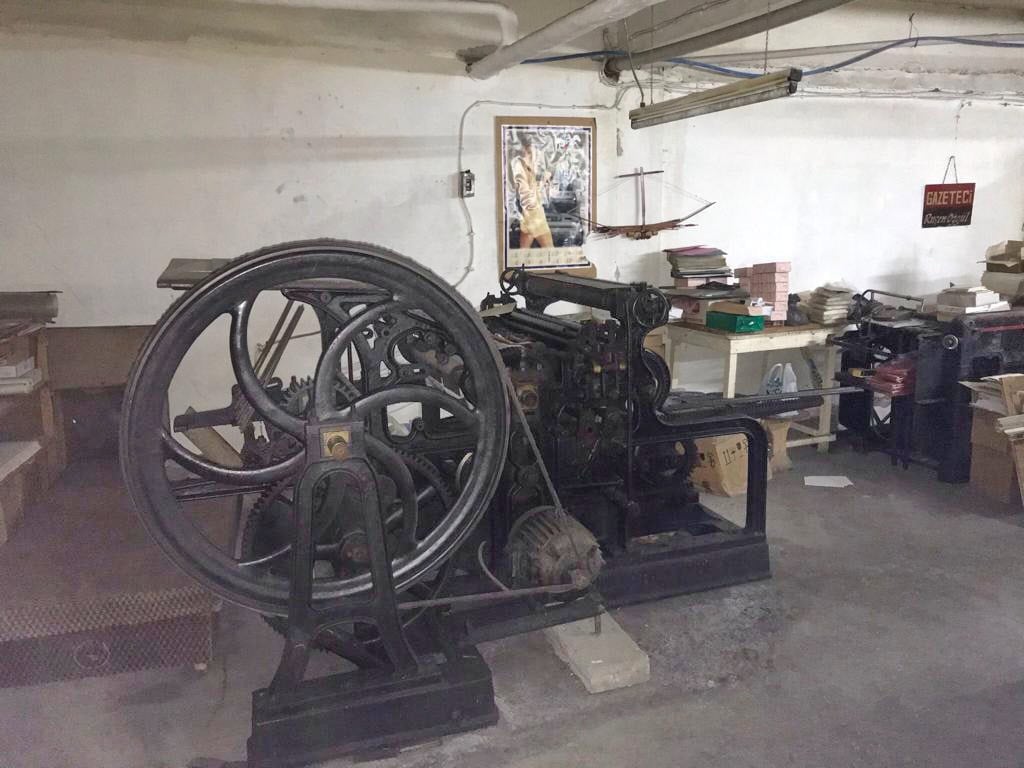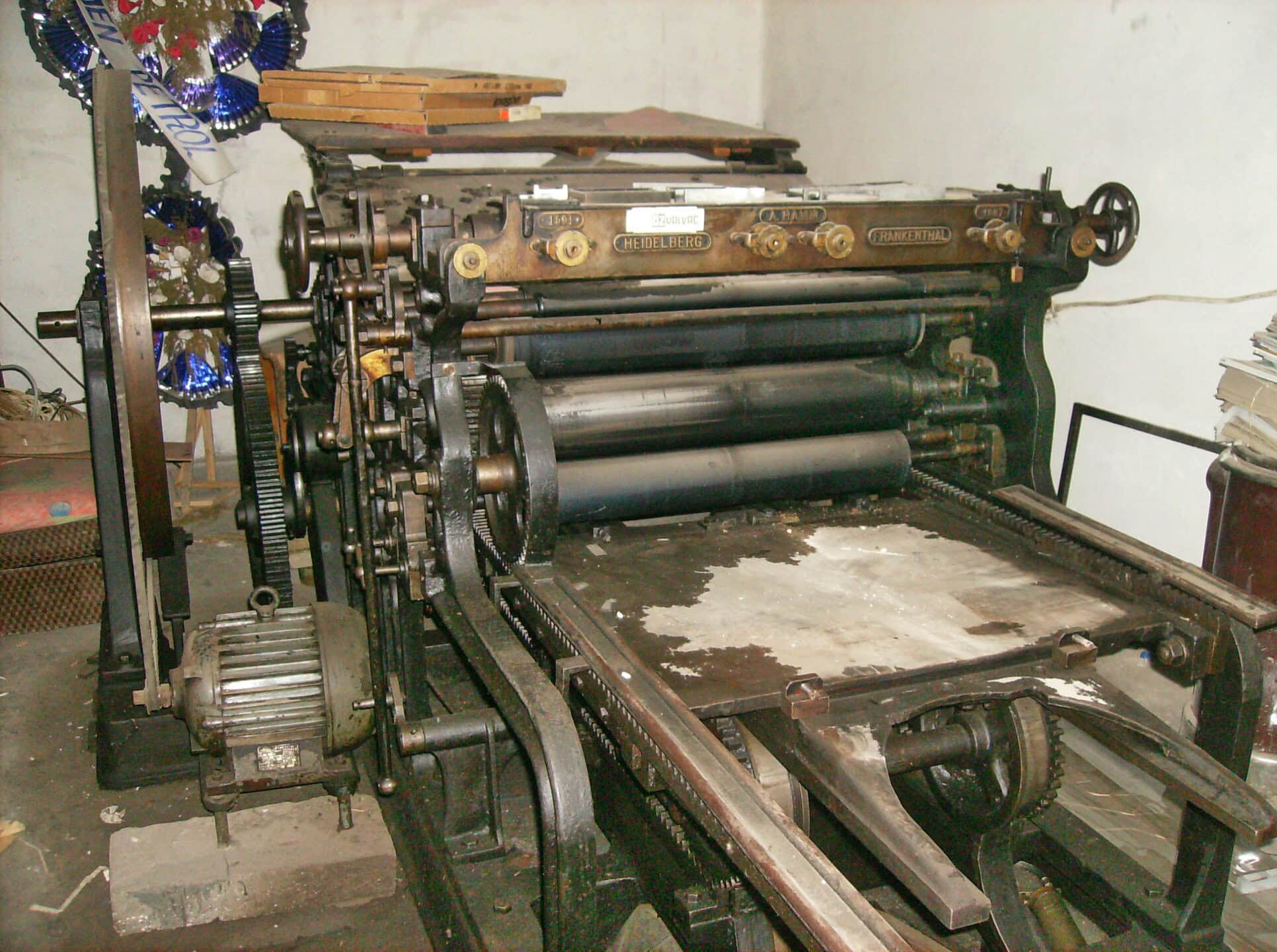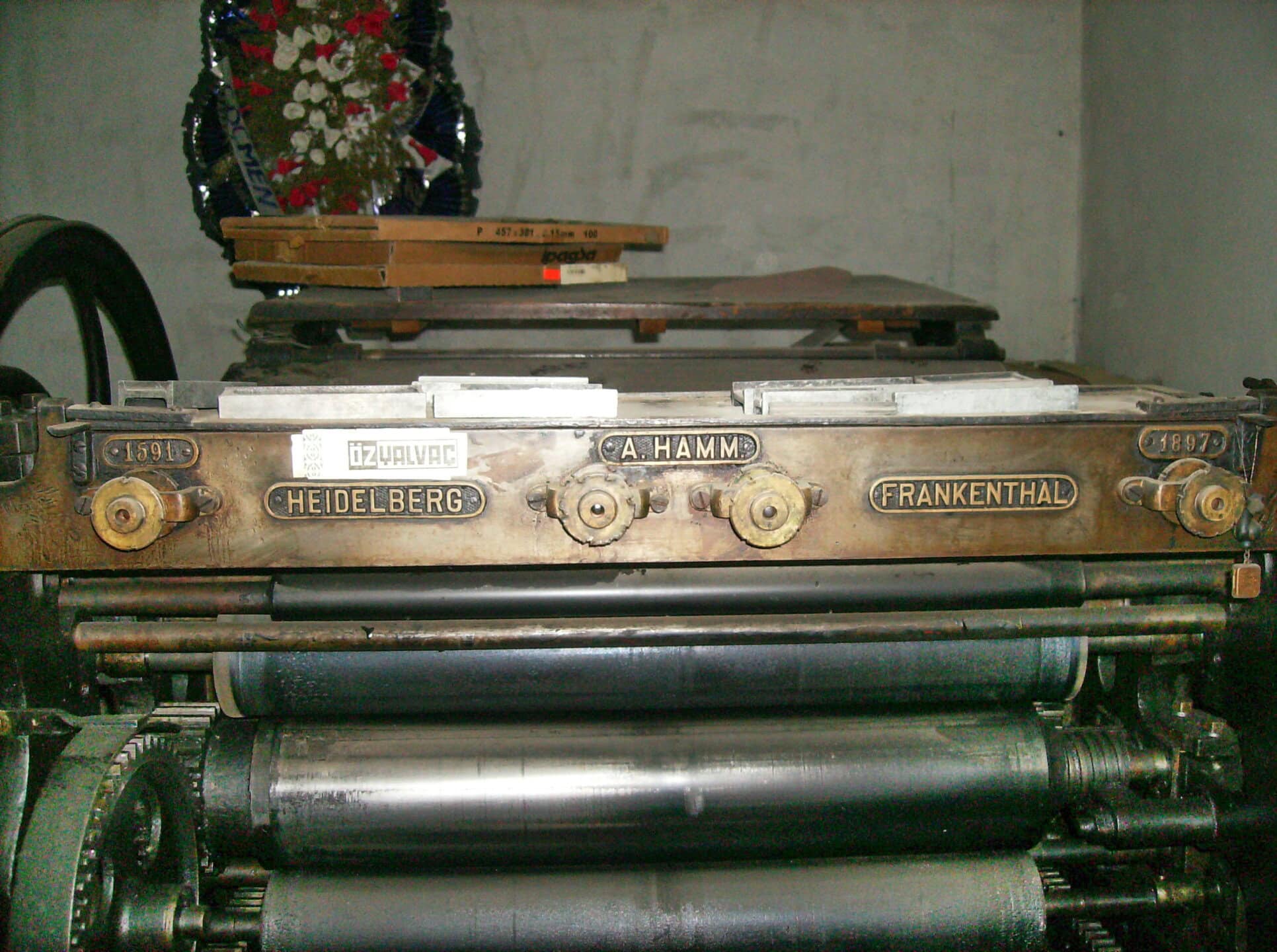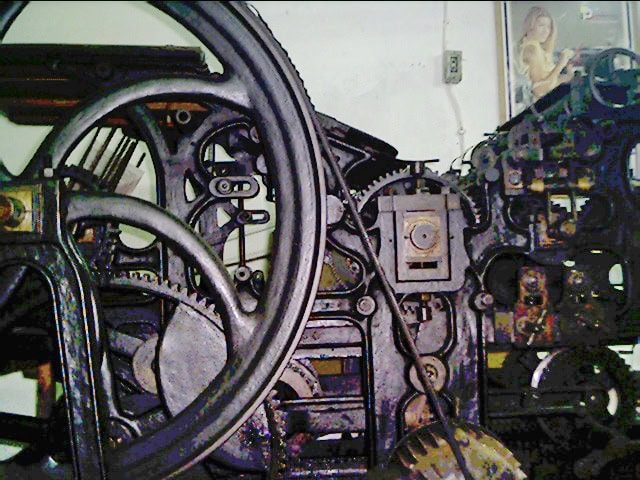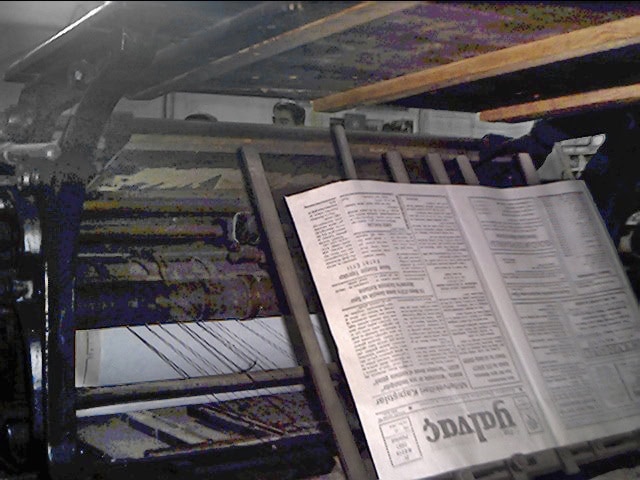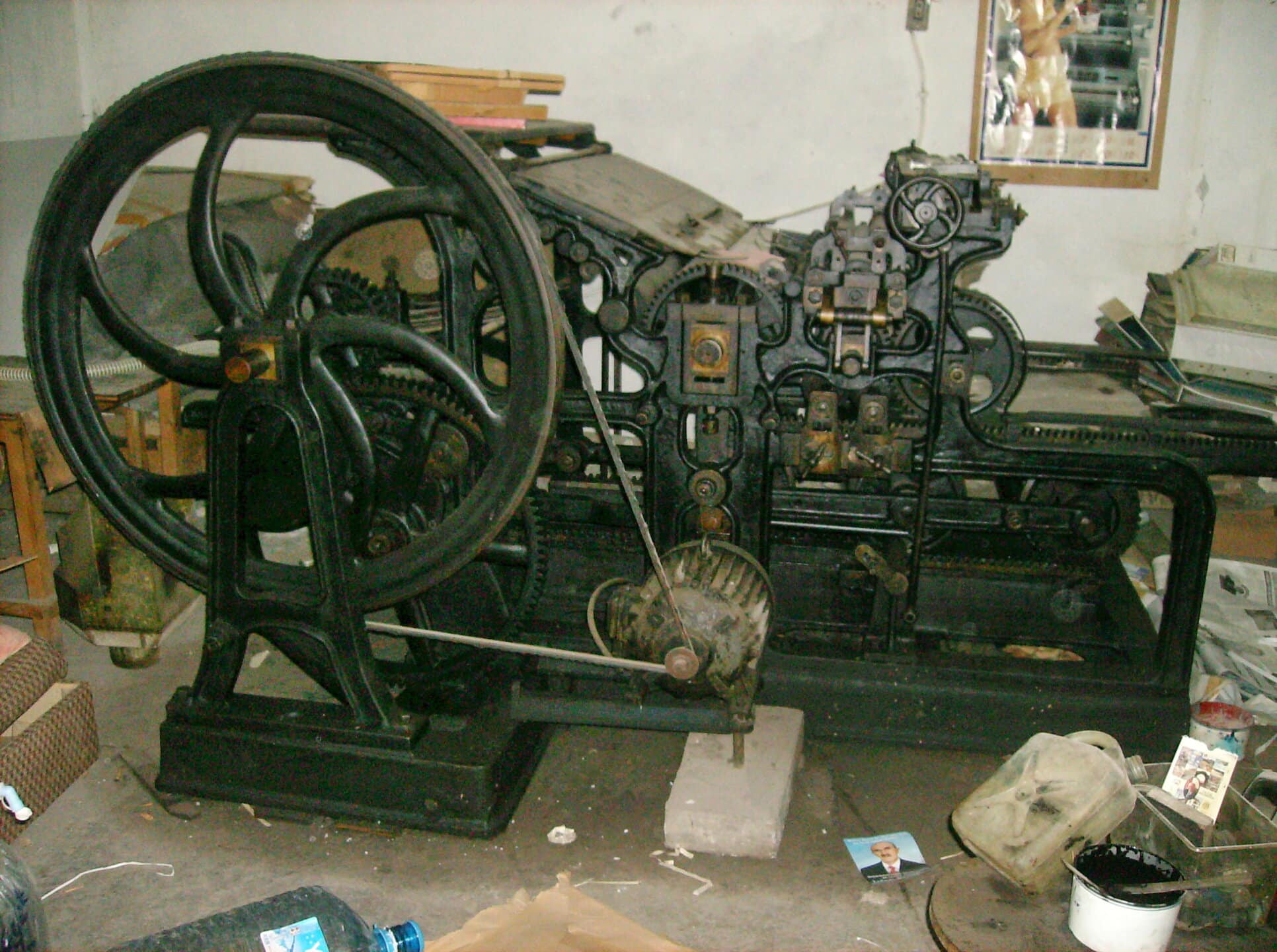We are writing to you regarding a printing press that carries the traces of a profound history. Our local newspaper, a family legacy, has been operating since 1969 under the name Özyalvaç Gazetesi, contributing to the social and cultural memory of our region. The 1897 Heidelberg model platen press, acquired through the great effort and dedication of our founder and family elder, the late Ruşen Özgül, has been at the heart of our newspaper and printing house.
Today, this platen press, also known as a “cylinder press,” is not merely a technical instrument; it is also a symbol of an era, a determination, and an ideal. In line with Ruşen Özgül’s ideals, it stands as a tangible reminder of the local press struggle carried out amidst scarcity, holding great material and spiritual value for us.
The aforementioned 1897 Heidelberg platen press is a significant example and counterpart in our press history, much like the machine displayed at the Sivas Ethnography Museum, which was used for printing the İrade-i Milliye newspaper. In this regard, we believe that its inclusion in your collections would provide a valuable historical and cultural contribution.
The Cylinder Rotary Semi-Automatic Flatbed Cylinder Press belonging to ÖZYALVAÇ Matbaacılık-Gazetecilik, operating in Yalvaç district of Isparta, was jointly produced in 1897 by Heidelberg and Frankenthal companies. This is indicated on the plates on the machine. These plates also bear the name of Andreas HAMM, the founder of the Heidelberg company, and the machine’s serial number (1591). The machine arrived at the printing house from Isparta in 1982 and is still in working order. A weekly local newspaper was printed on this machine until the end of 2002. The machine’s printing area is 54 x 74 cm, while the printable area is 52 x 72 cm. The machine’s footprint is approximately 1.5 meters in width, 2.5 meters in length, and 1.5 meters in height. All components of the machine are original, with no significant damage or wear on its parts. Only the original manual turning mechanism of the machine has been replaced with an electric motor.
The operational procedure of the machine is as follows: Firstly, the printing plate, composed of lead type and brass lines, is prepared in the composing room. Here, the plate is imposed and tightened on metal plates, then transferred to the machine’s printing cylinder where it is further secured. After the final adjustments of the plate, ink is supplied to the rollers, which can be done either automatically or manually. Subsequently, paper is manually fed from the hopper located above the machine’s paper cylinder. The machine is started by a switch, and the paper-receiving machine performs the printing process between the paper cylinder and the printing cylinder, then transports the paper to the rear section of the machine and releases it. As the cycle completes, paper is again manually fed into the paper hopper, and this process continues until printing is finished. Despite the machine’s approximate 128-year lifespan, its continued operational status and print quality are astonishing. Maintenance for the machine only involves wiping and oiling, requiring no other specific care. Its estimated weight is around 3-3.5 tons, and many of its parts can be disassembled and reassembled.
However, due to the challenging conditions of maintaining local journalism today, we regret to inform you that we are compelled to sell this highly valuable machine to ensure the sustainability of our newspaper. We have made this decision with the hope that it will be preserved in an institution worthy of its value and passed on to future generations. We would be pleased to provide you with detailed information regarding the machine’s technical condition and history, along with visuals and sample copies of the newspapers it printed in Özyalvaç. Should you deem it appropriate, transferring this cultural heritage to your institution would be a great honor for us and for the memory of Ruşen Özgül. If you wish, we would also be happy to send information about our elder to keep his name alive.
+90 541 846 70 40
